While achieving 500 GW renewable energy capacity by 2030 is an ambitious goal, India has successfully demonstrated the right intent and action through supportive policy framework, and governmental push. At this halfway mark and with continued momentum we are progressing in the right path to achieve the ambitious target.
Today, RE measures 50% of the country’s installed capacity, however, in terms of consumption renewable energy share is around 20%. The pressing issue here is “how do we increase the renewable energy mix in the overall energy not just in GW but in GWh?” Also, “how to we make this journey more sustainable for the relevant communities?”
The next challenge: Making clean energy available when and where it’s needed
The intermittent nature of renewable energy generation is often in conflict with the on-demand nature of the electricity consumption. This necessitates the need to deploy adequate storage solutions and advanced technological solutions to store renewable energy during the generation times and make it available during the consumption times.
India is already investing in storage solutions like battery, pump storage etc to enable larger deployment of renewable energy electricity in the grid. However, this alone may not be sufficient, it’s time we should be looking at demand/load management to enable dovetail between renewable generation and demand. We need the load centres like factories, transport systems, and cities to become more flexible in when and how they use energy.
At Gentari, we’ve observed encouraging results with such initiatives. When an industrial customer shifts their operations during the renewable-rich hours and uses storage to bridge the rest, they have been able to enhance the renewable energy dependence.
Changing the rules of the game
For this to happen, the way we buy and sell electricity has to evolve. We have made a positive start with hybrid and FDRE PPAs that combine solar, wind, and storage. The opportunity now is to make these models the default, not the exception — so clean energy can flow when it’s most abundant and affordable.
Further to enable load management at the consumer end, we need to develop an efficient policy framework & evacuation infrastructure upgradation to enable unrestricted flow of electricity between generation centres and load centres. While GNA is a welcoming development towards this direction, adoption of GNA framework at state level and continuation of incentives of transmission charges will be essential to carry forward the momentum.
Resilience starts close to home
Building transmission lines and large-scale plants is essential. But in a world of extreme weather and supply chain disruptions, centralised capacity alone isn’t enough. Decentralised systems — solar, hybrids, storage—can keep a factory or data centre running even when the wider grid is under stress. As these systems add storage and eventually green hydrogen, they will make India’s energy independence stronger at both the local and national level.
The energy transition isn’t just about technology and infrastructure; it’s also about people. The faster we invest in reskilling, the faster we can deliver new projects and operate them well.
500 GW renewable energy capacity would require large land mass, particularly in rural and underdeveloped areas. To ensure inclusive and sustainable growth, renewable energy developers should adopt socio-economic development models deploying sustainable practices that benefit the local communities and environment, while aligning with the economic goals.
Conclusion
If we get this right, India’s 500 GW target won’t just be a number. It will be a system where every electron is used wisely to power homes, industries, and transport reliably and sustainably.
We have the momentum. Now we need to match it with smart demand, resilient systems, skilled people, and efficient investment. Do that, and India won’t just meet its climate goals. We’ll show the world how a fast-growing economy can lead the clean energy future.
The views and opinions expressed in this article are the author’s own, and do not necessarily reflect those held by pv magazine.
This content is protected by copyright and may not be reused. If you want to cooperate with us and would like to reuse some of our content, please contact: editors@pv-magazine.com.

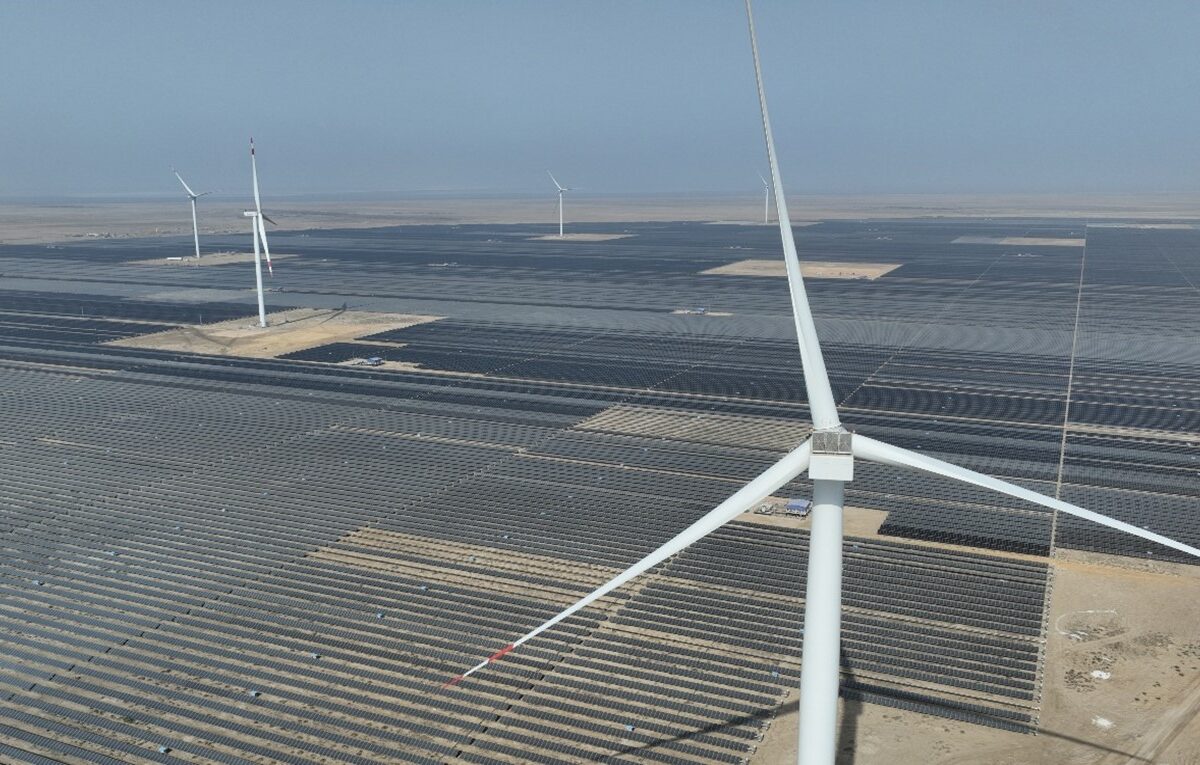

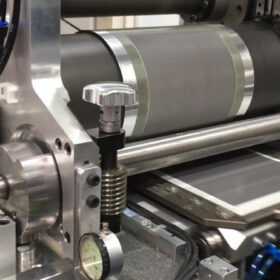
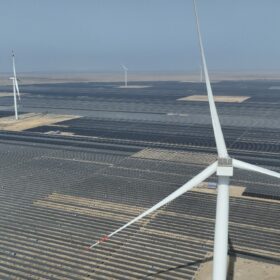
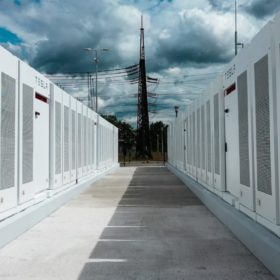
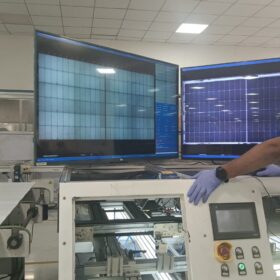
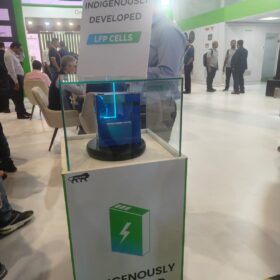
By submitting this form you agree to pv magazine using your data for the purposes of publishing your comment.
Your personal data will only be disclosed or otherwise transmitted to third parties for the purposes of spam filtering or if this is necessary for technical maintenance of the website. Any other transfer to third parties will not take place unless this is justified on the basis of applicable data protection regulations or if pv magazine is legally obliged to do so.
You may revoke this consent at any time with effect for the future, in which case your personal data will be deleted immediately. Otherwise, your data will be deleted if pv magazine has processed your request or the purpose of data storage is fulfilled.
Further information on data privacy can be found in our Data Protection Policy.